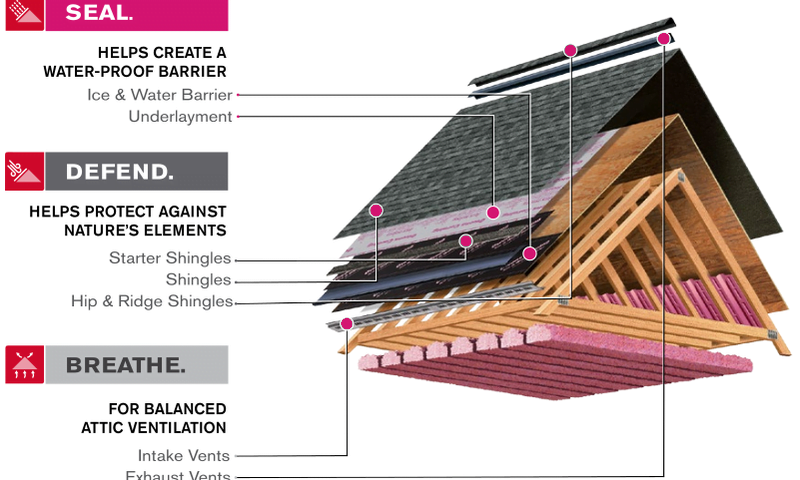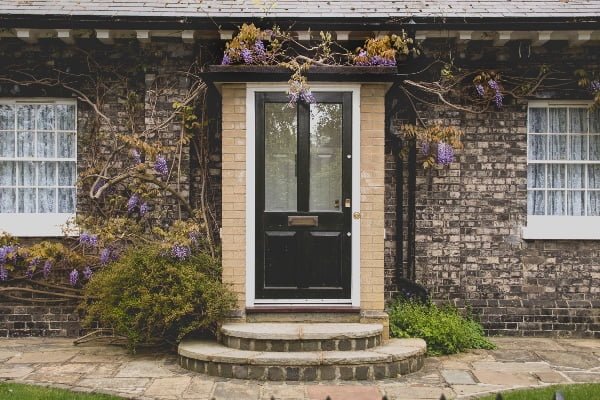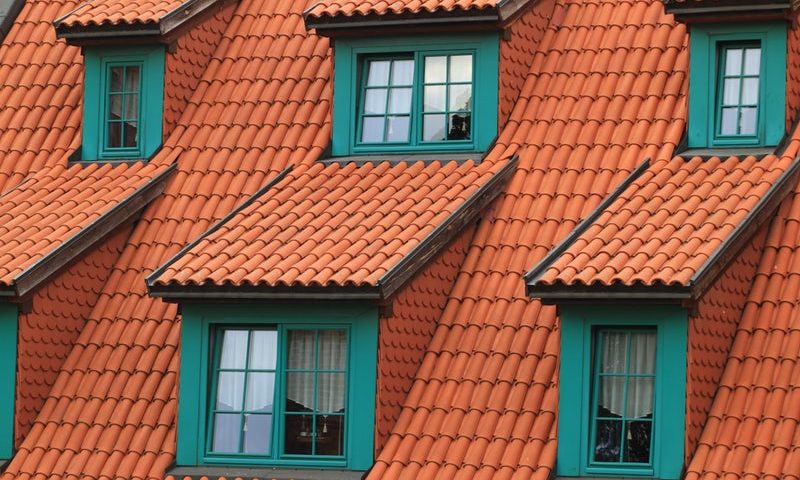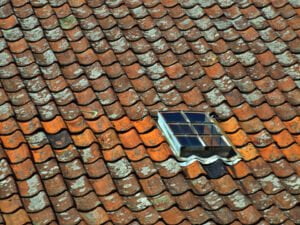The following outdoor home maintenance chores for spring will spiff up your home and increase its curb appeal. So gather your ladder, gloves, buckets, and brooms, and get a leap on outdoor spring cleaning so you can enjoy the warmer weather ahead.
Spring Outdoor Home Maintenance Checklist
Just like your interior space, a change in season calls for outdoor home chores that prepare it for the new, and rid it of the old. It feels good to make small home improvements. Every task you complete will contribute to the beauty and improve the condition of your dwelling. Before you start planting flowers and replacing outdoor patio cushions, address the bones of your outdoor home and get that in shape first.
The following five chores are a must-do for every residential home or commercial building owner. So mark your calendars ahead for these weekend warrior spring prep chores.
Gutter Replacement
You might not know your gutters are damaged at first glance. You’ll need to check for telltale signs such as leakage or accumulated debris. If you’ve allowed weighty leaves and branches to stockpile in them through the season, you might need a gutter replacement or repair. At the very least you should wash gutters down with your garden hose to remove any dirt and leftover debris. Ensure your downspouts channel the water at least five feet away from your home.
Wash Screens and Windows
Get rid of winter’s stale air by opening your windows. But first! make sure your screens are clean. It’s best to remove the screens entirely so you can vacuum up any spider webs and dust. Otherwise, grab a broom to sweep them clean, and then spray the screens off with a garden hose. Be sure you wash down your windows too so that your outdoor view is crystal clear.
Check for Animals
Be on the lookout for broken siding and loose shingles which could indicate a point of entry for animals. You’ll also want to check unused chimneys to see if a critter has made your outdoor home his own. If you see animal waste, chewed materials, or other signs that an animal is lodging, contact your local wildlife control for expert removal.
Replace Shingles
Shingle replacement should be done whenever you discover loose or missing shingles. Wear and tear, storm damage, and wind can all cause shingles to blow off or deteriorate. Worn shingles only worsen over time. Replacing your shingles is an annual task that can prevent costly roof repairs later.
Remove Algae Stains
The problem with light-colored roofs in hot and humid climates is that they can grow algae on top. Far from attractive, these dark algae stains can make your outdoor home look neglected, even if the shingles are in good condition. If you can safely get on top of your roof you can remove them.
Mix up a concoction of oxygen bleach and water. Put it into a pump sprayer and spray your roof and let it sit for about 10 minutes. Scrub the roof with a brush to get rid of the algae. Then simply spray it off with water and repeat the steps several times (especially if it’s extra dirty). Always remember a wet roof is a slippery roof so be careful and wear appropriate footwear.
Get a Roof Inspection
Your roof is one of the most important structures of your home. Along with outdoor home maintenance, you should book a free roof inspection to assess and repair any roof damage.
Ready to give your home a new spring makeover with an entirely new roof color? We specialize in installing tile, asphalt, and steel slate shingles. Contact us today for a free estimate. We’ve got you covered!






